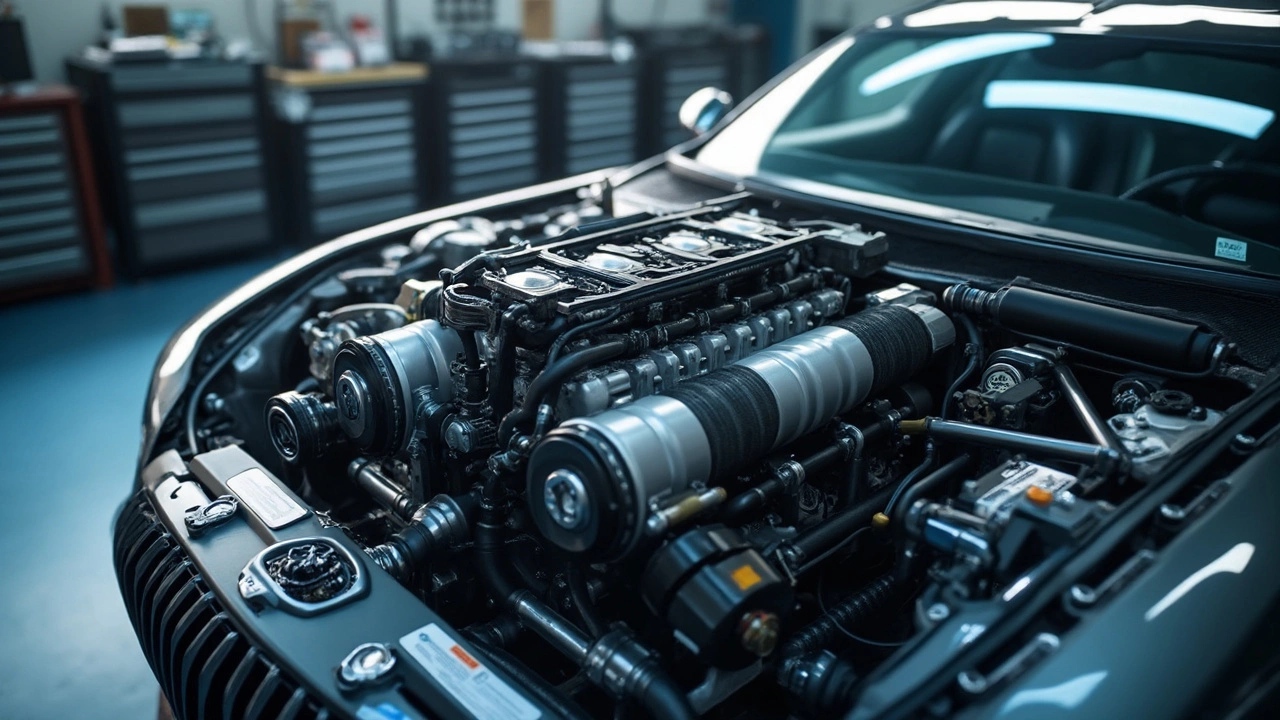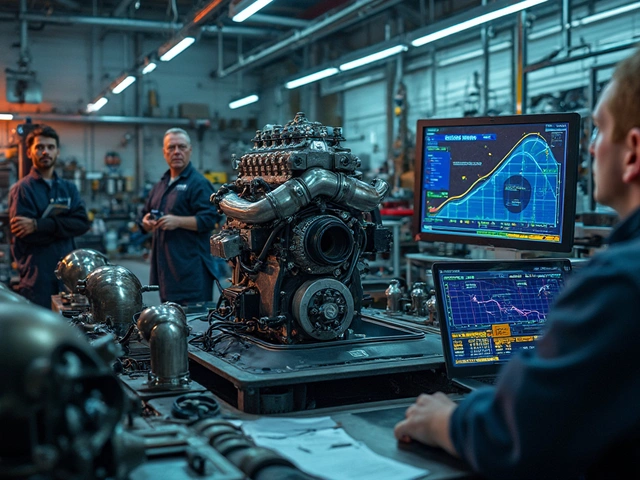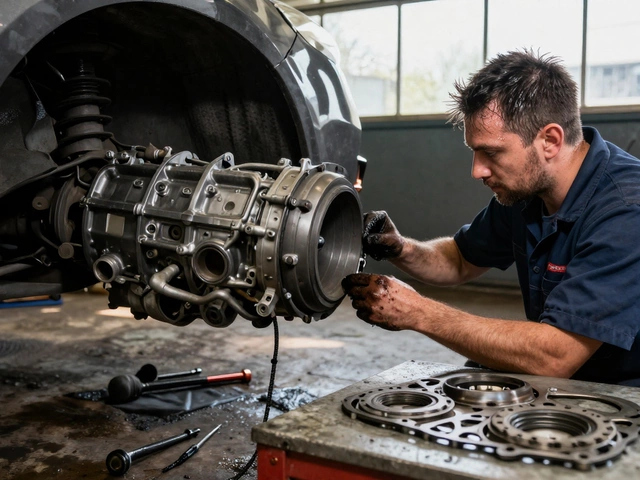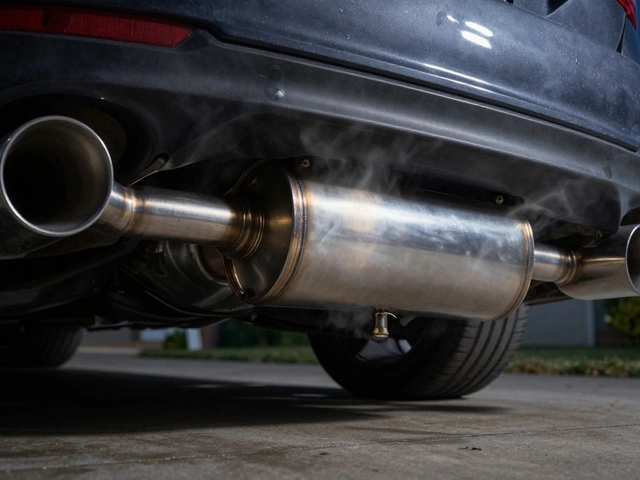Ever wondered what's buzzing behind that car grille? Well, it's probably a radiator, keeping your engine from having a meltdown. Radiators are like the unsung heroes in our cars, quietly making sure everything runs smoothly under the hood. They're still used in many cars, but the world of vehicle technology is changing rapidly.
Most of us might not give a second thought to what cools down our car's engine until something goes wrong. Cars with traditional combustion engines still rely heavily on radiators. Their main job is to dissipate the heat generated during engine operation, using coolant to soak up the heat and then cool it with air before pumping it back to the engine. But with electric vehicles zooming into the picture, things are getting pretty interesting.
- The Role of Radiators in Cars
- Innovations in Car Cooling Systems
- Electric Vehicles and Cooling
- Practical Tips for Car Owners
The Role of Radiators in Cars
So what's the deal with these radiator things? In simple terms, they're critical for stopping your car's engine from overheating. Engines get pretty hot when they're running—like, red-hot.
Radiators work as a part of the car’s cooling system. Here’s the scoop: engine coolant absorbs heat as it circulates inside the engine, and it’s the radiator’s job to cool this heated coolant before it makes its way back to the engine. This constant loop keeps temperatures down, which is super important since overheated engines can lead to expensive damage.
Radiators are typically located at the front of the car, right where the cold air hits when you're cruising down the road. This design is no accident; the airflow helps with the cooling process. Most radiators in modern cars are made of aluminum and plastic, striking a balance between weight and durability.
Now, what's under the hood has evolved with time, but even with all the tech popping up in cars these days, radiators remain a staple for vehicles running on traditional fuels. They’re a bit like the trusty workhorse of the cooling system—no bells and whistles needed, just effective cooling power. Without them, those cutting-edge engines would be in some serious trouble.
A fun fact for the car enthusiasts: the modern radiator hasn’t always looked as sleek as it does now. Early versions were bulky, tank-like contraptions. Thankfully, advances in automotive technology have made them more efficient and compact, fitting neatly into cars without adding too much weight.
Innovations in Car Cooling Systems
Car cooling systems aren't as straightforward as they used to be. Today's ride doesn't just cool the engine; it manages all sorts of heat from different components. Let's dive into some cool innovations that have sprung up in recent years!
For starters, manufacturers are finding smarter ways to make the traditional car radiators smaller and lighter without sacrificing efficiency. New materials, like aluminum and even composites, are used in modern radiators to enhance heat transfer while reducing weight. This helps in fuel efficiency because, well, less weight equals less fuel needed.
Adaptive cooling systems are also making waves. These systems actively adjust the cooling power based on the driving conditions and engine workload, which means they can help improve fuel economy by reducing energy consumption when full cooling isn't necessary. This means less strain on your engine and wallet!
For those into the electric vehicle (EV) scene, you've probably noticed that cooling systems in these cars look a bit different. EVs have battery thermal management systems to keep those lithium-ion batteries cool and extend their lifespan. This isn't your typical fan and radiator setup, but a sophisticated network involving coolant pumps and even heat exchangers.
Here's a nifty example! Take a look at how heat pumps are used in EVs:
- They transfer heat from one place to another efficiently.
- Not only do they cool the batteries, they can also warm the car's interior using minimal energy.
- This dual functionality ensures comfort without draining the battery hard.
With all these advancements, your ride is not just a mode of transport. It's a finely tuned machine using cutting-edge tech to ensure efficiency and performance.
| Component | Traditional Cars | Electric Vehicles |
|---|---|---|
| Primary Function | Engine Cooling | Battery Cooling |
| Technology Used | Radiators, Fans | Heat Pumps, Coolant Circuits |
Technology is evolving fast, and who knows what will come next? But one thing's for sure: understanding how these systems work can help you maintain your vehicle better, saving you time and money in the long run.

Electric Vehicles and Cooling
Electric vehicles (EVs) are all the rage today, and it's not just about ditching gas. These cars are changing the game when it comes to car radiators and cooling systems too. Unlike traditional cars with internal combustion engines, EVs don't produce heat the same way. Instead, they've got batteries, motors, and electronics that need their own kind of cooling.
So, do electric vehicles still use radiators? Kinda, but not in the way you'd think. Many EVs use liquid cooling systems to manage the heat generated by their batteries and electric motors. This means coolants are still in play, circulating through components to keep things chill. Check out the Tesla Model S or the Nissan Leaf; they both use impressive cooling systems that stand up to long drives and heavy use.
There's also some tech wizardry going on in the background. Thermo-management systems in EVs are sophisticated, often with multiple circuits for different components. These systems ensure that the batteries stay at optimal temperatures, which is crucial for performance and battery life. The goal is to balance between too hot and too cold, and while this might sound a bit like Goldilocks, it’s incredibly important for efficiency.
Because the world of EVs is moving at lightning speed, new cooling methods are being developed. Think of solid-state batteries on the horizon, which might change everything. While traditional radiators as we've known them might take a back seat, their spirit lives on in these advanced cooling techniques.
| Car Model | Cooling System Type |
|---|---|
| Tesla Model S | Liquid cooling |
| Nissan Leaf | Liquid cooling |
| BMW i3 | Air and liquid cooling |
For car owners transitioning to EVs, it's important to understand these changes. Know your car's cooling needs and stay informed about the latest technology. Proper maintenance of the cooling system ensures your EV performs at its best, extending the life of your vehicle and those all-important batteries.
Practical Tips for Car Owners
Keeping your car’s cooling system in top shape isn't rocket science, but it does require a bit of attention now and then. Whether you're driving a classic combustion engine or an electric vehicle (EV), understanding how your car's cooling system operates can save you from headaches and costly repairs.
First things first, regularly check your car's coolant level. This simple task can prevent your engine from overheating, a common issue that radiators help manage. Pop the hood and look for the coolant reservoir—it’s usually a translucent tank with markings on the side.
- Use only the type of coolant recommended by your car manufacturer. Mixing different coolants can cause them to gel, leading to blockages.
- If you spot a decrease in coolant levels, check for leaks. Common leak spots include hoses and around the radiator itself.
For those zipping around in modern vehicles, especially hybrids and EVs, even though they have different cooling dynamics, regular maintenance is key. These high-tech machines often have more complex cooling systems, so an occasional check-up at a service center is wise.
Keep an eye on your temperature gauge while driving, especially on long trips or during hot weather. If the needle inches towards hot, give your car a break to prevent overheating.
Lastly, don’t neglect radiator servicing during your routine car checks. Many suggest a coolant replacement every 30,000 miles or so, but always consult your car’s manual for specifics. And remember, when dealing with a radiator system, always make sure the engine is cool to avoid burns.
By keeping these pointers in mind, you'll ensure that your *car radiator* does its job efficiently, no matter what kind of vehicle you drive. A little attention goes a long way, keeping your ride smooth and worry-free.








